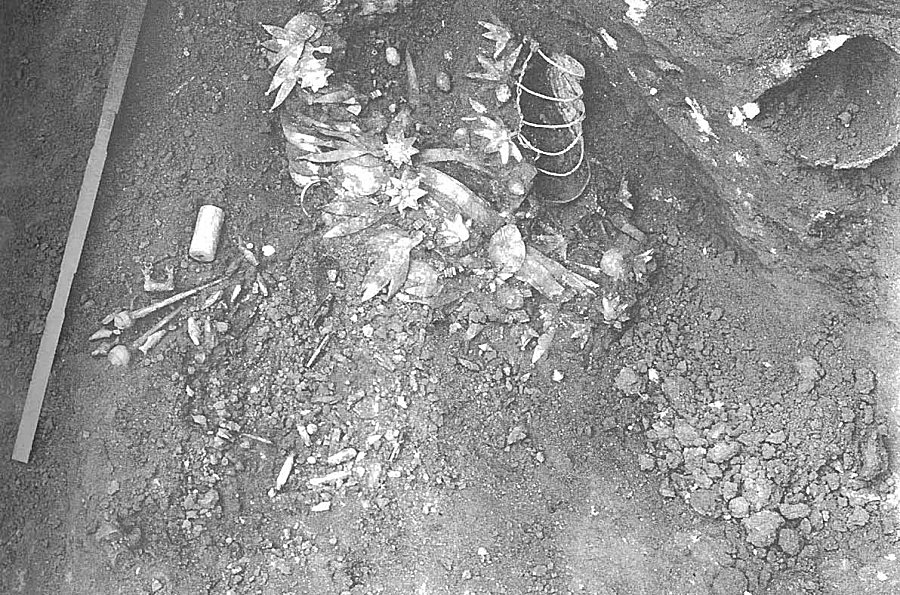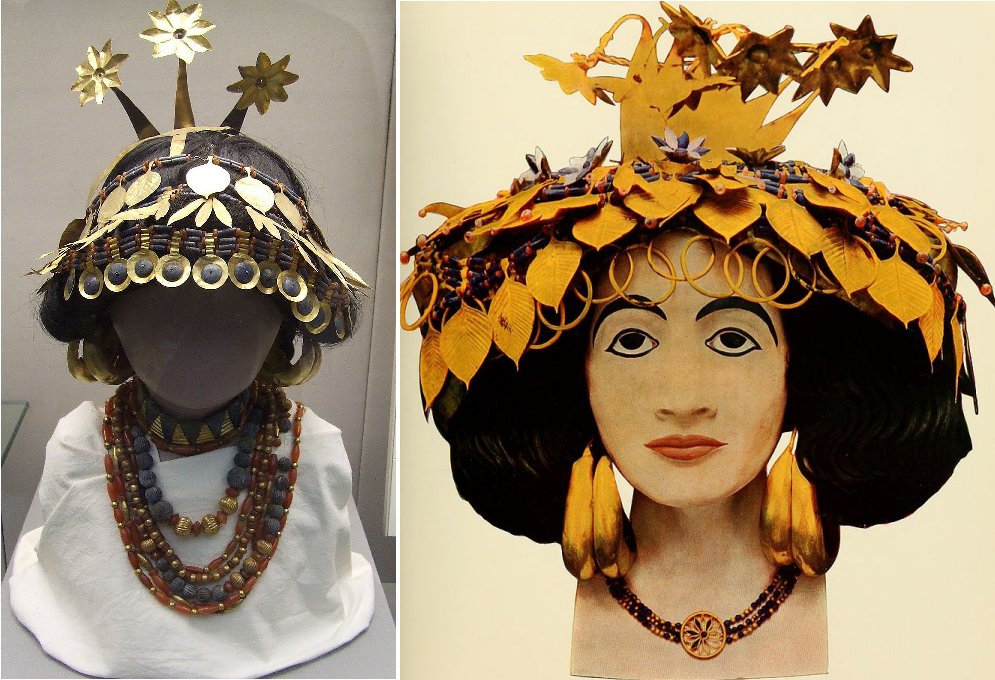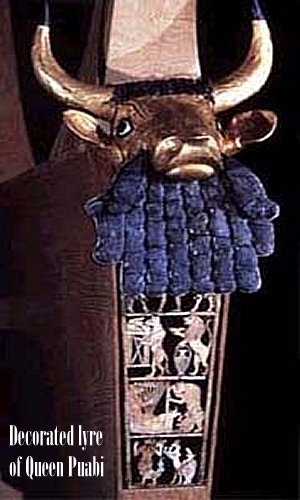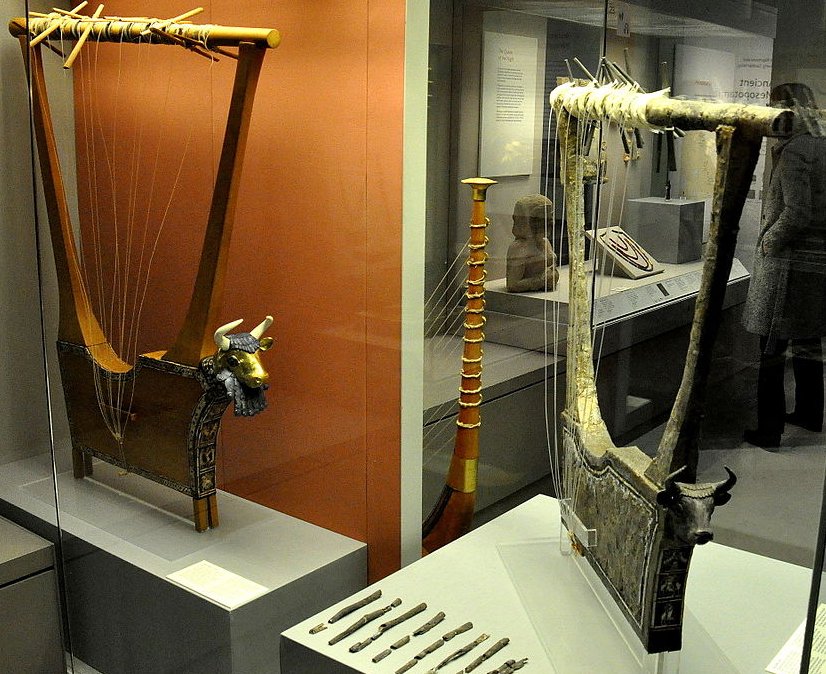Mysterious Sumerian Queen Puabi And Her Magnificent Underground Burial Complex – Many Followed Her To Afterlife
A. Sutherland - AncientPages.com - An untouched by looters through several millennia, a remarkable, intact tomb was discovered by Leonard Woolley during his excavations at the "Royal Cemetery of Ur" between 1922 and 1934.
It was the tomb of a mysterious lady named "Puabi." Researchers found her name and title on one of three cylinder seals.
She wore a golden headdress. Her wig was wrapped a length of 8 m long girdle, adorned with golden leaves, flowers, rings, and plates. At the top of the decoration was a high crest of gold, with three rosettes. Image: University of California/Stewart Smoth, Santa Barbara
The mysterious "Puabi" was identified without the mention of her husband and became only known as "Queen Puabi". She could have been a high priestess or wife of the king. Still, it is rather doubtful because in early Mesopotamia, women, even elite women, were usually described in relation to their husbands.
Reconstruction of Jewelry Worn by Attendant, Tomb of Queen Pu-abi of Ur, British Museum, London
The two cuneiform signs that compose her name were initially read as "Shub-ad" in Sumerian; today, researchers rather prefer to read this word in Akkadian as "Pu-abi" (or, more correctly, "Pu-abum," meaning "word of the Father"). Her title is "eresh" (sometimes mistakenly read as "nin") and means "queen." This mysterious Queen died in her 40s, around 4,500 years ago, during the First Dynasty of Ur.
Her body was dug up at some point in the 1920s or 1930s, and it was determined that she was a goddess (as "nin" is a Sumerian term which means "goddess.”)
Sitchin wrote in his book "There Were Giants Upon the Earth: Gods, Demigods, and Human Ancestry: The Evidence of Alien DNA" as follows:
"How and when she died we do not know. Assuming she also outlived her two other sons (A.anne.pada and Mes.kiag.nunna) who reigned after her spouse had died, Nin.banda/Nin.e.gula/Nin.Puabi found herself alone, with all who were dear to her—her father Lugalbanda, her brother Gilgamesh, her spouse Mes.anne.pada, her three sons—dead and buried in the cemetery plot that she could daily see. Was it her wish to be buried on Earth alongside them—or could the Anunnaki not take her body back to Nibiru because, though a Nin, she did have some Earthly genes through her demigod father?
"We don't know the answer. But whatever the reason, Nin.Puabi was buried in Ur, in a grave adjoining that of her spouse, with all the treasures and attendants to which this dynasty had uniquely become accustomed—adorned with jewelry from Grandma Inanna and an oversize headdress from Grandma Bau/Gula..."
The woman's final resting place was unique due to many rich and well-preserved artifacts found with her ashes protected by a wooden (rather badly preserved) coffin.
Puabi's hands were holding a golden cup, and her head was decorated with exquisite jewelry. The skeleton in the grave chamber of Puabi lay on a stretcher with his head to the west.
The examination of the skeleton Puabi showed that she was about 40 years old and five feet tall. She wore a golden headdress.
Her wig was wrapped a length of 8 m long girdle, adorned with golden leaves, flowers, rings, and plates. At the top of the decoration was a high crest of gold, with three rosettes. The woman had crescent-shaped earrings.
Her upper body was covered in strings of beads made of precious metals and semi-precious stones stretching from her shoulders to her belt, while rings decorated all her fingers.
The Puabi's tomb contained the golden and lapis-lazuli encrusted bearded bulls head; a wealth of gold tableware; lapis lazuli cylindrical beads for extravagant necklaces and belts; a chariot adorned with lioness' heads in silver, and many silver, lapis lazuli, and golden rings and bracelets.
Puabi was buried with 52 attendants, of which two persons were buried in the chamber with her; one crouched at her head, the other at her feet.
All attendants left this world to accompany the deceased to serve her in the Afterlife. Leonard Woolley suspected that these people either poisoned themselves or had been poisoned by others.
The Queen's lyre and the silver lyre, from the Royal Cemetery at Ur, southern Mesopotamia, Iraq. Image: British Museum, London via wikipedia
Recent evidence derived from CAT scans through the University of Pennsylvania Museum suggests that some of the sacrifices were likely violent and caused by blunt force trauma.
In a pit associated with Queen Puabi's chamber were five armed men, a wooden sled drawn by a pair of oxen, four grooms for the oxen, and a wood chest or wardrobe which probably contained decomposed textiles. Twelve female attendants were at the opposite end of the pit, all wearing headdresses very similar to that of Puabi, though rather less decorative. Three more attendants crouched near the wardrobe, surrounded by metal, stone, and clay vessels.
Updated on February 17, 2022
Written by – A. Sutherland AncientPages.com Staff Writer
Copyright © AncientPages.com All rights reserved. This material may not be published, broadcast, rewritten or redistributed in whole or part without the express written permission of AncientPages.com
Expand for referencesReferences:
Z. Sitchin, "There Were Giants Upon the Earth: Gods, Demigods, and Human Ancestry: The Evidence of Alien DNA"
L. Zettler, L. Horne, Treasures from the Royal Tombs of Ur
More From Ancient Pages
-
 Homo Sapiens Survived In The Kalahari Desert More Than 20,000 Years Ago – Stone Age Discovery Shows
Archaeology | Aug 17, 2022
Homo Sapiens Survived In The Kalahari Desert More Than 20,000 Years Ago – Stone Age Discovery Shows
Archaeology | Aug 17, 2022 -
 Ancient Entrance Gate Found In Biblical City Of Bethsaida (Zer) Where Jesus Performed His Deeds Of Power
Archaeology | Jul 11, 2018
Ancient Entrance Gate Found In Biblical City Of Bethsaida (Zer) Where Jesus Performed His Deeds Of Power
Archaeology | Jul 11, 2018 -
 On This Day In History: Edict Of Milan Is Signed – Persecution Of Christians Ends – June 13, 313 AD
News | Jun 13, 2016
On This Day In History: Edict Of Milan Is Signed – Persecution Of Christians Ends – June 13, 313 AD
News | Jun 13, 2016 -
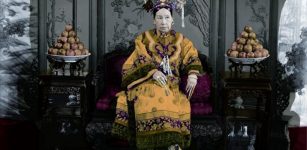 Mysterious Deaths Around Empress Cixi – Cruel Tyrant Or Victim Of Propaganda?
Featured Stories | Apr 9, 2018
Mysterious Deaths Around Empress Cixi – Cruel Tyrant Or Victim Of Propaganda?
Featured Stories | Apr 9, 2018 -
 Underground Catacombs Of Alexandria: Ancient Time Capsule Which Remained Hidden For Almost Two Millennia
Featured Stories | Sep 20, 2016
Underground Catacombs Of Alexandria: Ancient Time Capsule Which Remained Hidden For Almost Two Millennia
Featured Stories | Sep 20, 2016 -
 Something Never-Before-Seen Is Hidden Beneath 15 Giant Viking Burial Mounds Spotted By Radar In Norway
Archaeology | Jan 19, 2021
Something Never-Before-Seen Is Hidden Beneath 15 Giant Viking Burial Mounds Spotted By Radar In Norway
Archaeology | Jan 19, 2021 -
 Beware Of The Shapeshifting Gaelic Bodach Who May Be Difficult To Trick
Christmas Traditions | Dec 3, 2021
Beware Of The Shapeshifting Gaelic Bodach Who May Be Difficult To Trick
Christmas Traditions | Dec 3, 2021 -
 Mystery Of The East Asian Lineages In Europe 45,000 Years Ago Solved – Population Hub Out Of Africa Holds The Clues
Archaeology | Apr 7, 2022
Mystery Of The East Asian Lineages In Europe 45,000 Years Ago Solved – Population Hub Out Of Africa Holds The Clues
Archaeology | Apr 7, 2022 -
 What Can Monument 9 Reveal About The Mysterious Olmec Civilization?
Featured Stories | Jun 30, 2023
What Can Monument 9 Reveal About The Mysterious Olmec Civilization?
Featured Stories | Jun 30, 2023 -
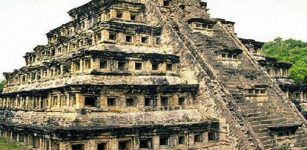 Intriguing El Tajin – Pre-Hispanic Ceremonial Site Dedicated To Totonac Rain God
Featured Stories | Jul 17, 2016
Intriguing El Tajin – Pre-Hispanic Ceremonial Site Dedicated To Totonac Rain God
Featured Stories | Jul 17, 2016 -
 Common Ancestor Of Neanderthals And Humans That Lived 700,000 Years Ago Holds Clues To A DNA Mystery
Archaeology | Feb 22, 2023
Common Ancestor Of Neanderthals And Humans That Lived 700,000 Years Ago Holds Clues To A DNA Mystery
Archaeology | Feb 22, 2023 -
 Prehistoric Humans Recycled Old Stone Tools To Preserve The Memory Of Their Ancestors
Archaeology | Mar 17, 2022
Prehistoric Humans Recycled Old Stone Tools To Preserve The Memory Of Their Ancestors
Archaeology | Mar 17, 2022 -
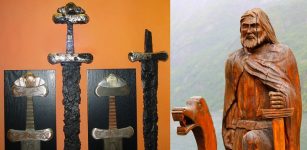 Were Viking Swords As Effective As They Were Impressive?
Ancient History Facts | May 9, 2018
Were Viking Swords As Effective As They Were Impressive?
Ancient History Facts | May 9, 2018 -
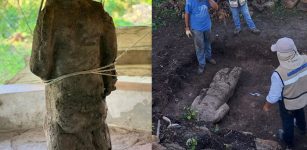 Headless Statue Of Life-Size Ancient Mayan Warrior Discovered In Mexico
Archaeology | Dec 12, 2022
Headless Statue Of Life-Size Ancient Mayan Warrior Discovered In Mexico
Archaeology | Dec 12, 2022 -
 Discovery Of Unusual Ancient Skeleton Offers Evidence Giants Inhabited California
Archaeology | Mar 31, 2014
Discovery Of Unusual Ancient Skeleton Offers Evidence Giants Inhabited California
Archaeology | Mar 31, 2014 -
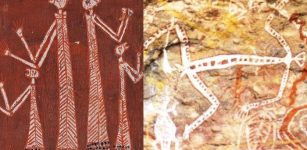 Immortal Mimi Spirits In Beliefs Of Aborigines Of Arnhem Land
Featured Stories | Mar 26, 2020
Immortal Mimi Spirits In Beliefs Of Aborigines Of Arnhem Land
Featured Stories | Mar 26, 2020 -
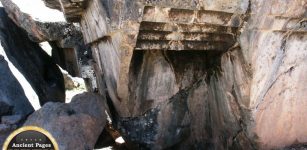 Enigma Of Ancient Upside Down Stairs At Sacsayhuamán
Featured Stories | May 27, 2014
Enigma Of Ancient Upside Down Stairs At Sacsayhuamán
Featured Stories | May 27, 2014 -
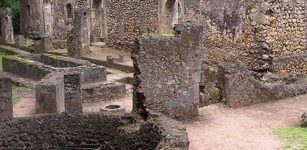 Unsolved Mystery Of Gedi Ruins Protected By The ‘Old Ones’ – Why Did People Leave?
Civilizations | Apr 2, 2019
Unsolved Mystery Of Gedi Ruins Protected By The ‘Old Ones’ – Why Did People Leave?
Civilizations | Apr 2, 2019 -
 Native American Tradition Of A Vision Quest – How To Enter The Spiritual World
Ancient History Facts | Apr 25, 2017
Native American Tradition Of A Vision Quest – How To Enter The Spiritual World
Ancient History Facts | Apr 25, 2017 -
 Mysterious Ancient Ruins Of Engaruka – Why Was The Site Abandoned?
Featured Stories | Apr 18, 2017
Mysterious Ancient Ruins Of Engaruka – Why Was The Site Abandoned?
Featured Stories | Apr 18, 2017

